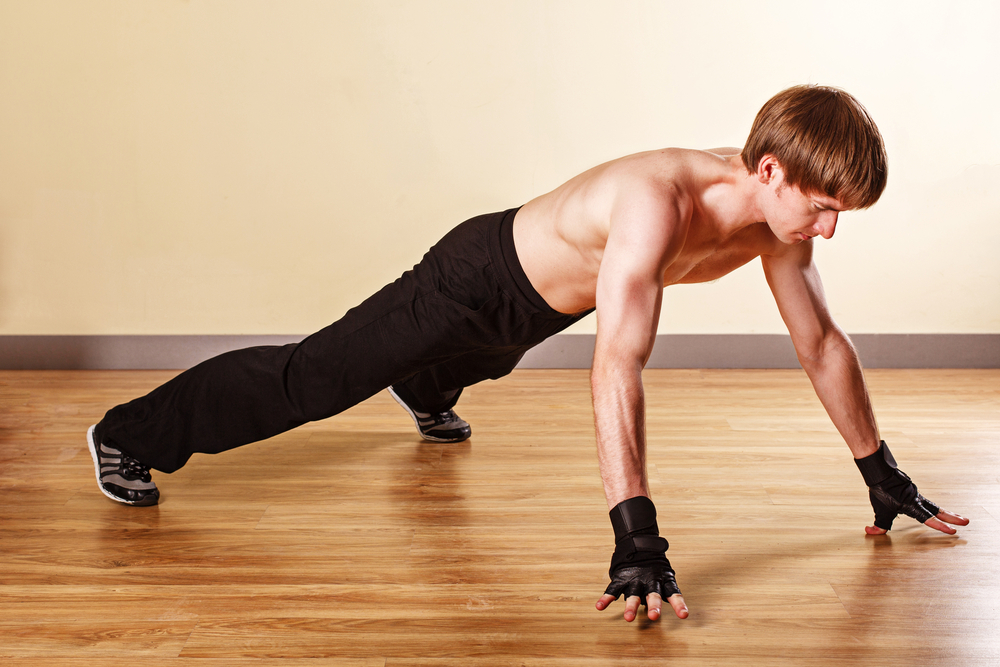While teaching personal training, we often hear students use the terms “mobility” and “flexibility” interchangeably.
While both terms relate to the range of motion of a joint or group of joints, they have distinct meanings and implications for our physical health and performance.
In this article, we will clarify the differences between mobility and flexibility, discuss their benefits, and provide practical tips for improving both.
What is flexibility?

Flexibility is the term used in relation to a muscle allowing a joint to move through a full range of movement.
If the client cannot move through a complete range appropriate to that joint, then it could be that the flexibility of the muscles surrounding the joint is not optimum.
Without optimum flexibility, the body adjusts another joint positioning to achieve the desired outcome.
For example, a person who wants to touch their toes needs good hamstring flexibility, which can be improved through stretching exercises that target the hamstrings.
A person who wants to do the splits needs good hip and adductor flexibility, which can be improved through stretching exercises that target those muscles.
A person who wants to do yoga poses needs good overall flexibility, which can be improved through a variety of stretching exercises and yoga postures.
A straight leg, neutral spine and slight hip flexion will achieve this.
Your instructions will no doubt be clear but when you observe your participants there will more than likely be someone with poor hamstring flexibility who is sitting with a posterior pelvic tilt, a significant kyphosis through their spine and perhaps even slightly bent knees.
The consequences of this are apparent.
Spinal disk pressure is increased and fluid in the centre of the disks is pushed back towards the posterior surface, the weakest part. Spine stability is decreased, contributing to muscle imbalances which can lead to unnecessary pain.
As well as these risks, the client will not increase the flexibility in their hamstrings as their technique is so poor. So the stretch geared towards helping them could actually cause them pain if done incorrectly.
Why is flexibility important?
Flexibility is important for several reasons:
- It allows us to move through a greater range of motion, which can improve our athletic performance and aesthetic appearance.
- It reduces the risk of muscle strains, tears, and other soft tissue injuries by enhancing the resilience and adaptability of the muscles.
- It improves our circulation, lymphatic drainage, and relaxation by releasing tension and promoting blood flow.
- It enhances mental and emotional well-being by reducing stress, anxiety, and depression through mindful stretching and breathing.
What can you do to help flexibility?
Keep current clients stretching with good technique. Educate, educate, educate at every opportunity.
Use the tools of today’s era to show your client what you mean (such as photos and videos of them on their own phones to show them visually their technique errors).
If you have a client with poor flexibility, then developmental stretching with good technique will begin to increase flexibility and decrease their chances of injury and pain related to muscle imbalance.
What is mobility?

Mobility is how a joint move. An example of the effects of decreased mobility would be an older person struggling to put their shopping away at home.
Mobility refers to the ability of joint or multiple joints to move freely and efficiently through a range of motion that is specific to the task or activity at hand.
Mobility involves not only the flexibility of the muscles and connective tissues around the joint but also the coordination and control of the joint by the nervous system.
For example, a golfer needs good mobility in their hips, spine, and shoulders to execute a full swing without compensations or limitations.
A person who sits at a desk for hours a day needs good mobility in their hips, spine, and shoulders to avoid postural imbalances and back pain. A dancer needs good mobility in their ankles, knees, hips, and spine to perform complex movements with grace and precision.
Why is mobility important?
Mobility is important for several reasons:
- It allows us to move safely and effectively in our daily activities and sports.
- It reduces the risk of joint pain, injury, and degeneration by distributing forces evenly across the joint surfaces.
- It improves our posture, balance, and coordination by engaging the stabilizing muscles around the joints.
- It enhances our physical performance by increasing the power, speed, and accuracy of our movements.
What can you do to help improve mobility?
In order to keep joints mobile they need to be frequently moved through their full range of movement. This is not the same as the static stretching you would do for muscles.
If you think of the seated hamstring stretch example and picture the joint angle at the hip, the hamstring is the limiting factor (because it is a flexibility exercise).
If you wanted to mobilise the hip joint you would bend the knee and draw the leg closer to the torso.
Written by Heather Oakes